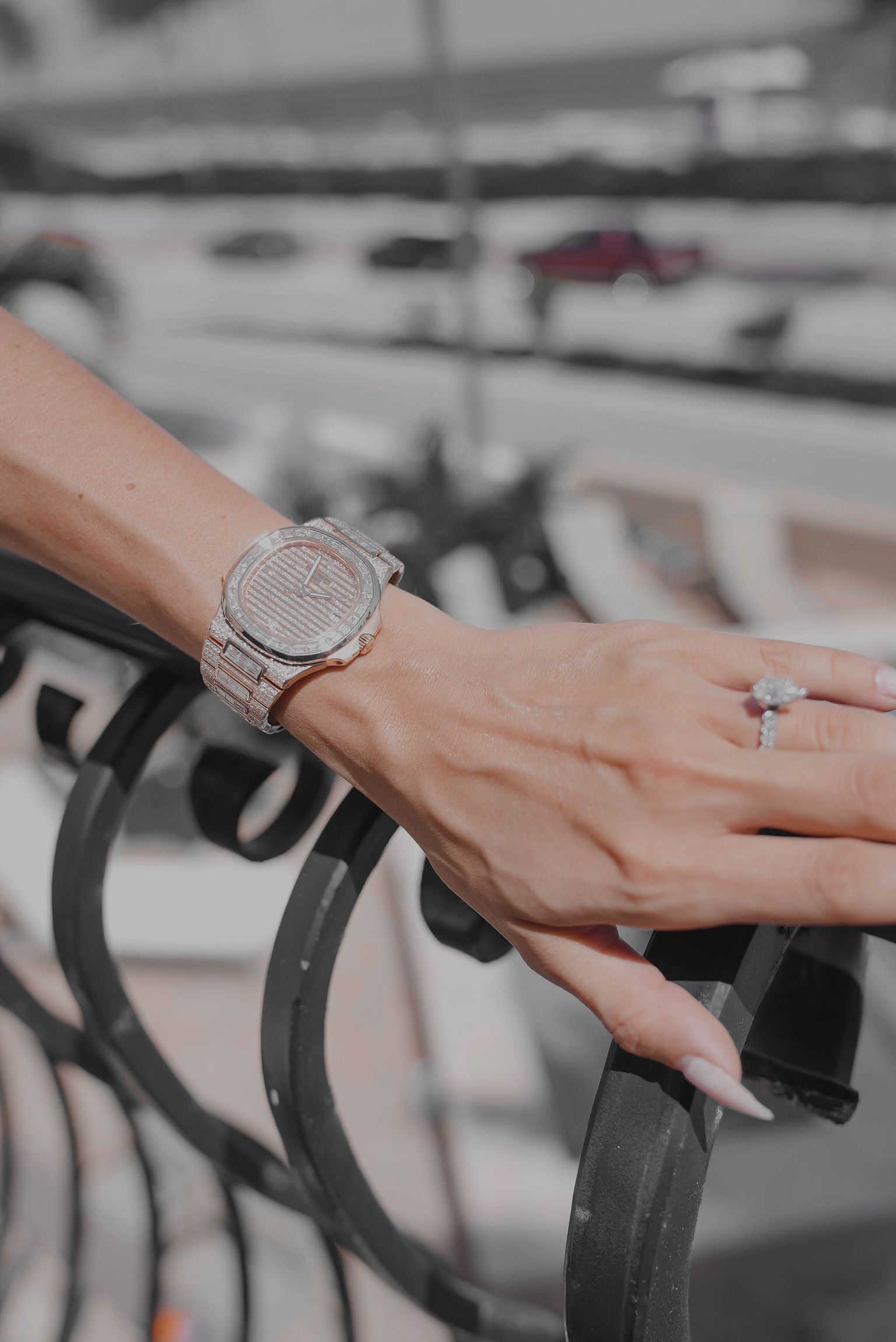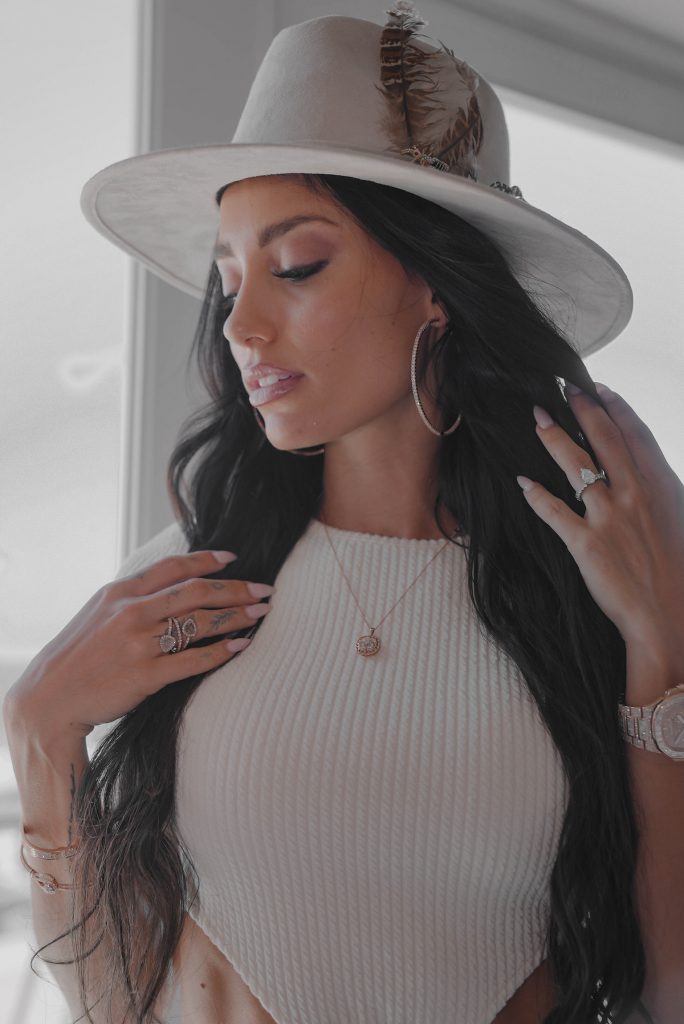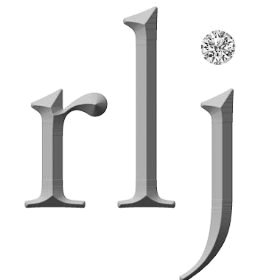Natural Pear Teardrop Engagement Rings

We can’t all agree that natural pear teardrop engagement rings are undergoing a major comeback, and this is for obvious reasons. These striking, teardrop-shaped pieces are not only a classic and eye-popping piece of jewelry, but they also extend your finger for a flattering appearance. Also, regardless of what the size might be, pear teardrop rings always appear to sparkle just a little bit more than its similar jewels.
If you’re out in search of the very best pear teardrop engagement rings, you’re now at the best place. So, how do you find the best Pear teardrop rings? Simply know exactly what you should watch out for also, and importantly, know the mistakes you must avoid while you’re at it. More so, most of these rings aren’t on the GIA report. Keep reading to learn how to spot issues in natural pear rings. That way, you can make sure you get the best and only the best you can find out there.
Into the World of Pears

Stepping into the world of pears requires enough background knowledge. This will lay the foundation as you look to make an informed choice on the best natural pear rings.
What is a Pear-cut Diamond?
A pear-cut diamond comes in the shape of a teardrop or raindrop! These pear cut diamonds come with a rounded bottom and a pointy tip. You will find some Pear cuts that are soft and plump. Meanwhile, other Pear cuts come long and pointed! As a “fancy” cut diamond, you will find a wide variety of cut styles when comparing multiple natural pear teardrop engagement ring options.
On a lighter note, whenever you feel French, you can call your Pear teardrop engagement rings a Pendaloque cut!
What are Pear Teardrop Engagement Rings?

Pear teardrop diamonds or gemstones come in an elongated teardrop structure. These pieces of jewelry are a mixture of a marquise and oval cut.
With a history stretching over 500 years, pear teardrop rings developed and adapted to the ever-changing trend and demand for more modern touches. These rings came from marquise shapes, and today, there are pear teardrop engagement rings fit for every aesthetic. The variety ranges from minimal solitaires to vintage-inspired styles and unique takes with colorful gems.
In addition, there are super-unconventional settings, which include clusters, double-band rings, and off-kilter stones. These settings are perfect for brides who prefer to forego traditional engagement ring styles.
Words from Experts
For more details and insights on this unique ring type, we take from the words of industry experts and bling connoisseurs Ashley Zhang, Grace Lee, and Katie Zimmerman. That way, we can expertly explore all of the insider details about these natural pear rings.
- Based in New York City, Ashley Zhang is a fine jewelry designer by training and trade. She opened her eponymous brand after studying fashion design and fine art painting at Parsons School of Design.
- Also, we have Grace Lee, a Los Angeles–based fine jewelry designer who launched her eponymous line in 2008.
- Finally, we have Katie Zimmerman. She is the chief of merchandising at the Blue Nile.
Highs and Lows of Pear Teardrop Rings
In Grace Lee’s words, “Because of their elongated shape, pear-cut diamonds show larger than some of the other diamond shapes, like a traditional round brilliant. Because of this, they can be a better value with a larger surface area.”
The stones in natural pear rings can appear larger per carat. But, due to their teardrop shape, they can also be fragile jewelry pieces. Grace Lee further advises, “[a pear-cut engagement ring] has a very small, pointy tip that can make it vulnerable to damage.” Zhang also warns, “Placing a prong or a v-prong on the point or choosing a bezel setting around the entire stone can help protect the tip of the stone from breaking or chipping with wear.”
Again Lee says, “Since pear-shaped diamonds are not symmetrical—when comparing the pointed side and the rounded side—they can sometimes appear lopsided and heavy on one side.”
Finally, pear teardrop engagement rings can feel easily customizable. Plus, these rings can be worn with the diamond facing up or down (north-south), horizontal (east-west), or slightly off-kilter. The choice is yours to make.
Aspects to Consider When Shopping for Natural Pear Rings
What makes natural pear rings high quality?
Here is what Zhang feels: “Pear-cut diamonds, like ovals, can have a ‘bow tie’ or a darker loss of light in the center of the stone. The bow tie on a well-cut pear-shaped diamond should be minimal, and the symmetry of the stone should be even and have nice proportions—not too long and skinny or too wide and stubby.”
What are the best settings for a pear-cut diamond?
Lee, who has a personal preference for setting pear diamonds at an off-angle in both prongs and bezel settings, says, “Traditionally, pear diamonds have been set in a north-south or east-west orientation.”
What metals are perfect fits for pear teardrop engagement rings?
According to Zhang, “All metals work with pear-cut diamonds.” Zhang also notes that these diamonds are likely to show more color than other cuts. Hence, for anyone who wants their diamond to appear very bright—particularly when set in yellow or rose gold—go for a diamond with an H color (i.e., nearly colorless) or higher grade.
Taking Proper Care of Your Pear Teardrop Engagement Rings

Giving proper care to your pear teardrop engagement ring requires attention and a knowledge of what you’re doing. Lee advises using a soft baby toothbrush and an all-natural mixture of apple cider vinegar and baking soda to mildly and safely clean your stone.
Knowing that pear teardrop rings can be vulnerable to chipping and damage, it’s crucial always to handle your ring with care. Zimmerman warns, “For ongoing care specific to pear-shaped engagement rings, it’s important to remember to remove the ring while being active or exercising. The elongated nature of the pear stone with the point at the end, which makes it so pretty, can also cause it to be the first thing that is impacted if a significant force hits it.”
These safety measures include frequently checking the security of the diamonds as well. Zimmerman also adds, “It is not uncommon for prongs to become loose over time with wear, and checking them will make sure they are always secure.”
Finally, it would be best to place your ring in a safe place. You can use a jewelry box or fabric-lined ring box before partaking in any hand-heavy activities during the day. “As a general rule of thumb, it’s best to remove your ring when exercising, washing dishes, showering, baking, gardening, or putting makeup on. This will keep the ring shinier for longer, so you’re spending less time cleaning the diamond and band,” clarifies Zimmerman
Buying The Best of the Pears: Mistakes to Avoid
Buying the best pear teardrop engagement rings implies finding a diamond with even brilliance/contrast, even color, no dark bowtie, no odd reflections, and a soft and pleasing design. Seeing this long list, this is not going to be a stroll in the park.
Therefore, to do this, you’ll want to avoid some very typical blunders. Remember, pear shaped diamonds do not come graded for cut by GIA. Hence, it’s crucial to understand some tips and tricks before you go out to buy one! Below are the most frequent problems we see with pear shaped diamonds. To get the best, you must avoid these mistakes!
Watch Out for Washed Out Stones
If your pear teardrop engagement rings must have that distinctive sparkle, it needs to have some contrast! If you don’t know what contrast is, contrast is the dark background that must be there to allow room for your white and rainbow sparkle to pop! That is precisely the job the contrast does, and it is indispensable.
Very importantly, you will need some dark areas in your diamond if you want the sparkle. In other words, the simplest way to think about contrast is by likening it to photography. Take a scenario where you want to take a picture of a white flower.
The first scenario is where you put the white flower on a white background. In that case, do you get to see the lovely bright detail of the white petals? You certainly won’t. But how about when you set the white flower against a dark backdrop? Then, the beautiful shades of white stand out dazzlingly.
Back here, in a diamond, you want to have equally spaced contrast (dark areas) and brilliance (white areas) all around the entire diamond. When you have a diamond without enough contrast, it has that unpleasant washed out (sometimes called “dead”) appearance.
On the flip side, stones with too much contrast look too dark. Therefore, striking that precise balance between dark and light is what your aim is when shopping for these diamonds.
Never Forget to Avoid Bowties in Pear Teardrop Rings
No one wants to have concentrated, ugly dark globs of contrast out there looking like a “bowtie” on their rings. Similarly, you don’t want damp areas without sparkle when you buy a ring. Therefore, be out on the lookout for bow ties when shopping for natural pear rings.
You will find bowties when the angles of a diamond come set up in a way that makes huge triangular shadows appear. That will block out the sparkle on your ring as well, and it’s not pretty at all. More so, it doesn’t help matters that bowties do not appear on GIA reports list. Fortunately! Bowties are pretty easy to notice when you know what you’re on the lookout for. Here’s how:
You Don’t Want Colored Tips
The reality is that diamond color can be concentrated in natural pear rings. So, make sure your diamond doesn’t have a strangely colored tip. Due to the way a pear shaped diamond’s faceting adjusts towards its tip, you can occasionally see more yellow/brown when you check it out. That look is not one look you want to see on your engagement rings.
Therefore, when glancing at a diamond’s color, be sure to take it in as a whole and correlate! Make sure the center is the same color as its tip. Also, check to know if the tip looks yellowy. Finally, check to know if there are no dark tips.
Avoid Odd Reflections in your Pear Teardrop Rings
With pear teardrop rings, improper angles can show “fisheyes” or other odd reflections. All of these are flaws that reduce a diamond’s value and elegance. Also, you want your diamond’s glitter to be the main show. The last thing you want is confusing reflections.
Therefore, when looking for your perfect pear, watch out for shattered glass-looking inclusions or weird halo-looking blemishes. When you have these kinds of reflections, your diamond is not cut well and will not sparkle as much. It would help if you avoided it.
The Blocky Outlines are Never a Good Sight
It would be best to have your natural pear rings as soft and rounded figures at their base. But, some cutters try to protect weight by making bases blocky. When you have blocky pears, it is impossible to retain the grace – nor the sparkle – that softer pears will effortlessly emit.
The reason is that a blocky bottom does not reveal light as well as a rounded type. Therefore, you want to make sure that you consider the outline of your pear before you buy it! The bottom of your pear has to come soft and rounded. Also, the point of your pear should be gradual as anything otherwise will go out flawed. Finally, have a watchful eye for odd angles or extra weight – and reject those diamonds with such attributes.
Conclusion
With natural pear teardrop engagement rings, you can bring out the true glam and grace you need on our special day. However, this makes it more vital for you to get the purchase process right. It leaves no room for error when you step out to buy pear teardrop rings.
